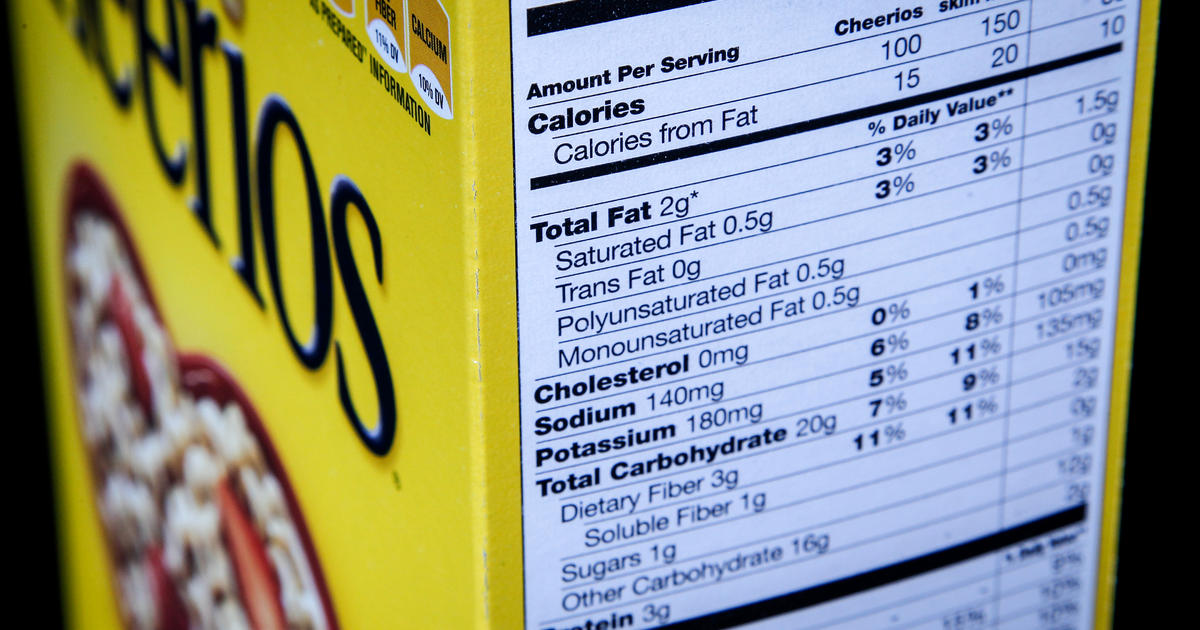Deciphering food labels can be challenging if your child is a new food allergy patient or an experienced parent. Food allergies can manifest in diverse symptoms, not just the classic hives and swelling.
Some kids must avoid even minuscule allergen traces, while others tolerate small amounts. Vigilance is crucial, as accidental exposure can lead to mild to severe reactions. Avoidance is the primary defense, so here’s a guide to reading labels for effective allergen avoidance.
Managing your baby’s allergies requires careful attention to product allergen labels and a comprehensive understanding of their significance. This is particularly crucial when shopping for baby food, as infants with allergies may need special considerations. Let’s delve into the importance of product allergen labels requirements and also explore the health benefits of eggs along the way.
Table of Contents
Navigating Baby Food Shopping
When your baby has been diagnosed with a food allergy, ensuring that you know precisely what’s in pre-packaged or ready-made foods becomes paramount. This necessitates a diligent inspection of ingredient labels, even for items that may not initially appear to contain the allergens your baby needs to avoid.
Initially, the idea of scrutinizing every food label might seem daunting, but rest assured that this practice will soon become second nature. The primary objective of food labeling is to assist you in making informed choices. Ingredient listings on packaging are designed to simplify the identification of substances that individuals with allergies should avoid.
Understanding Allergen Labels
Many packaging also feature advisory labeling to assist consumers, commonly recognized as the ‘may contain’ message. Manufacturers frequently employ this warning to alert potential allergen cross-contamination.
Tips for deciphering allergy information on food labels:
Food labeling can sometimes be perplexing, with various names for a single common allergen. For instance, milk and its derivatives may be labeled with terms like:
- beta-lactoglobulin
- caseinate
- whey
- hydrolyzed milk protein
- lactose
- lactoferrin
- lactoglobulin
These terms may vary, but allergenic ingredients must consistently be highlighted in the ingredients list, typically in bold and linked to the allergen, ensuring clarity and comprehension.
Occasionally, some products may sound like they contain allergens, like milk or dairy, but do not, such as almond milk or coconut cream. This underscores the importance of diligently reviewing labels and not making assumptions based solely on a product’s name or description.
Seeking Online Resources
If the intricacies of food labeling leave you somewhat perplexed, consider using online resources like the ‘free from’ lists offered by various supermarkets such as Sainsbury’s, Waitrose, Tesco, Morrisons, and Asda.
Although these lists may not entirely cater to the needs of babies, they can provide valuable insights into the composition of specific products, facilitating more straightforward and informed shopping trips as your baby grows and his or her dietary needs evolve.
Now, let’s touch upon the health benefits of eggs, as they are an essential source of nutrition for babies and are often recommended as a first food. Eggs are a rich source of high-quality protein and contain vital nutrients like choline, which is important for brain development. They are also a source of essential vitamins, particularly vitamin D, and minerals like iron.
Moreover, eggs are versatile and can be prepared in numerous ways, making them a convenient and nutritious choice for introducing solid foods to your baby. Just remember to be cautious if there is a known egg allergy and consult your pediatrician before introducing them into your baby’s diet.


 Home
Home









